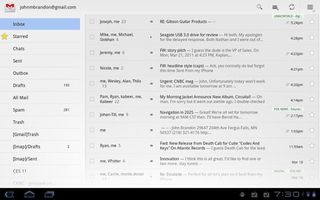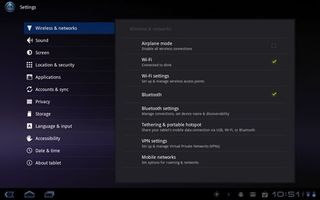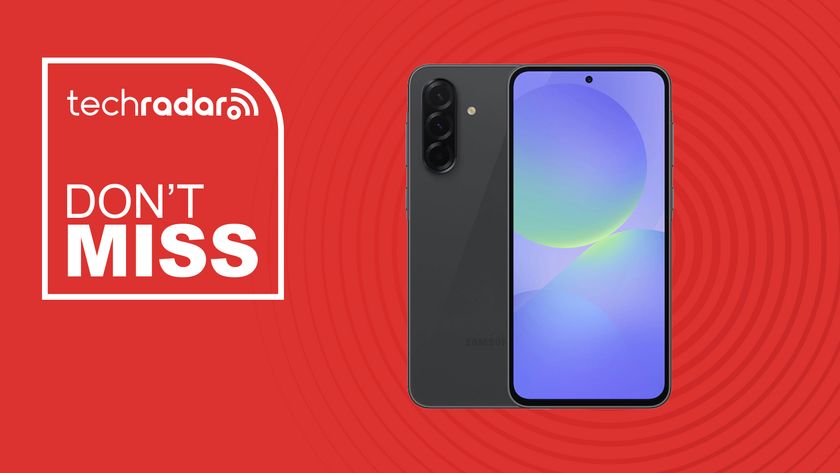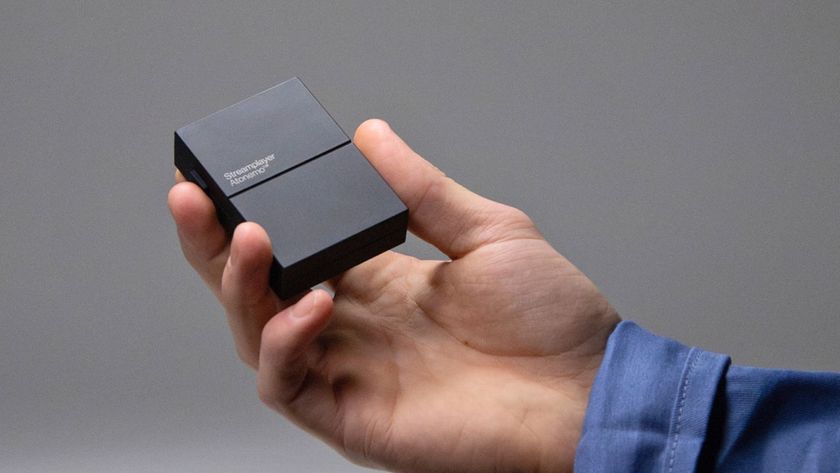TechRadar Verdict
A powerful and fast OS for tablets, it looks closer to what you'd expect in the modern computing age. A few problems still exist, but are relatively easy to overlook.
Pros
- +
Best tablet browser
- +
Adobe Flash support
- +
Exceptional mapping tech
- +
Fast for most apps and games
- +
Great email client
Cons
- -
Poor app selection for tablets
- -
No movie or TV show rentals
- -
No custom UI like HTC Sense
- -
Few games
- -
Some infrequent crashes
Why you can trust TechRadar
Android 3.0 is here, and it's a stunner.
Released only for the Motorola Xoom tablet so far, the new operating system, which started life on Android smartphones but is now formatted for the larger touchscreen, will eventually make its way onto the Samsung Galaxy Tab 10.1 as well as other tablets from big manufacturers like Acer, HTC, Dell, Asus, LG, MSI and Toshiba.
Google's improved operating system boasts a number of upgrades that could give the iPad 2's operating system, iOS 4.3, a run for its money.
Android 3.0 release date
The Android 3.0 release date is currently unclear. The Motorola Xoom is already out in the US, although other hardware manufacturers say they're still waiting for Google to give them the all-clear to put their devices on the shelves.
Needless to say, the official, final release is just weeks away. And when that day comes, expect to see a flood of Android 3.0 tablets explode onto the market.
In 2008, we sat down with Erick Tseng, then a senior product manager at Google and the main point of contact for Android OS, for an article on Google research projects.
Curiously, Tseng never mentioned tablets, but he did talk about a new operating system that could work on many different types of computing devices. Tseng had an Android prototype phone he let us view over his shoulder.
Android 3.0 is an open source project helmed by Google. From all reports, the company doesn't make a great income from the operating system and plans to derive revenue the way they always do: from ads that appear when you search.
Developers gain full access to the code base and searchable documentation.
One of the main issues with Android early on was that the code is flexible enough to run on a variety of devices but the interface is designed for smartphones. Android 3.0 makes better use of the screen size for tablets.
For example, Gmail on a smartphone runs best in a vertical orientation so you can quickly scan through emails. On a tablet, Android 3.0 provides a way for the email client to run with your messages on the left and a preview pane on the right.

Android 3.0 mostly accommodates the screen size, but there are a few times when the operating system could have been reformatted better, or when apps still run in a smartphone mode.
Compared to iOS 4.3, which is running on the iPad 2, Android 3.0 is much more streamlined for tablets. There are pop-overs, like a thumbnail view that shows you a preview of open apps, and the settings and status overlays are decidedly more advanced.

Also, Android 3.0 taps into the power of the Nvidia Tegra 2 dual-core processor for showing videos, letting you flip quickly through photos and album covers, and playing games.
Google is committed to the platform. Even in the first week after the release of the Motorola Xoom, the company released a new version that works with Adobe Flash, even before that software update became available
John Brandon has covered gadgets and cars for the past 12 years having published over 12,000 articles and tested nearly 8,000 products. He's nothing if not prolific. Before starting his writing career, he led an Information Design practice at a large consumer electronics retailer in the US. His hobbies include deep sea exploration, complaining about the weather, and engineering a vast multiverse conspiracy.














